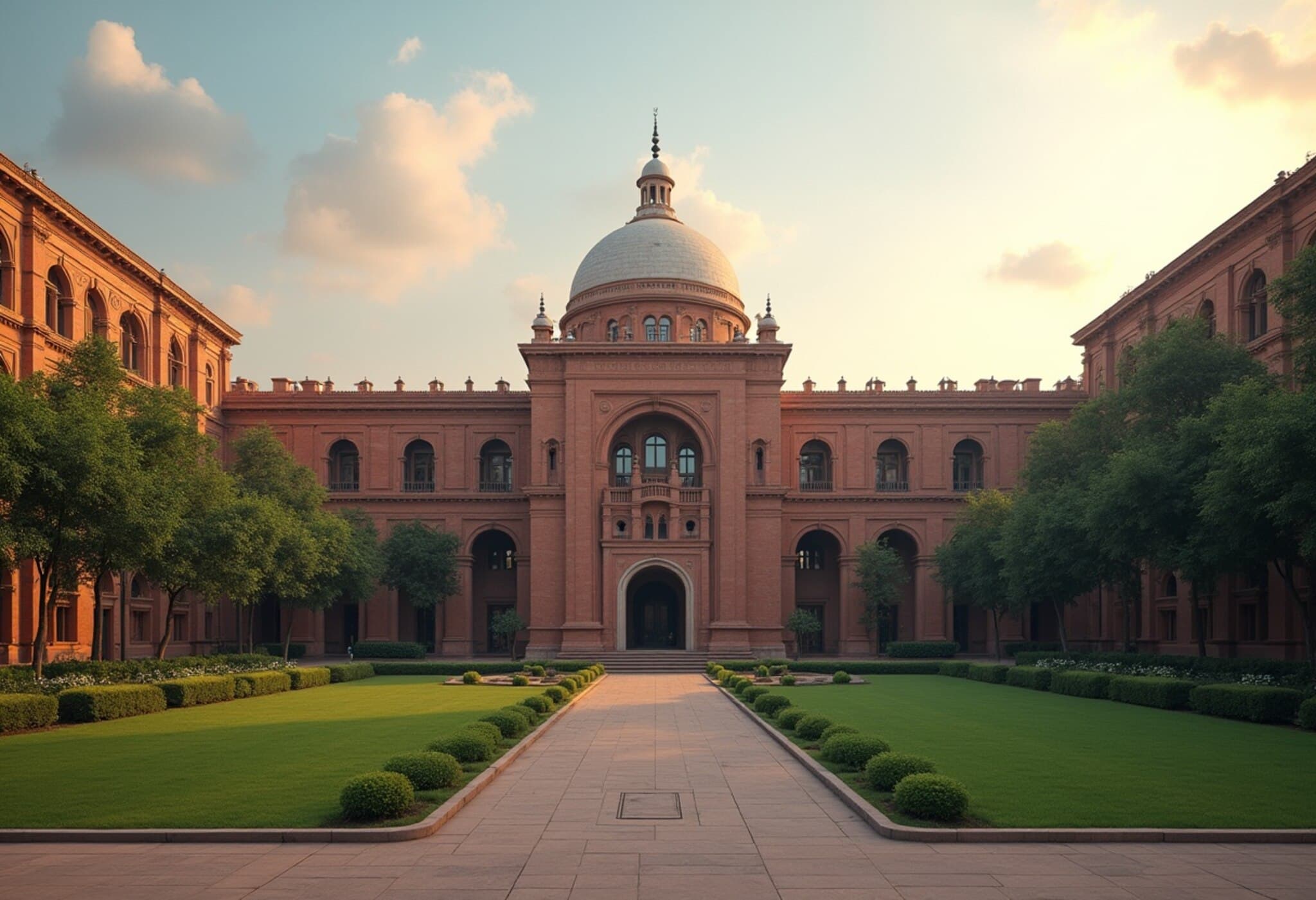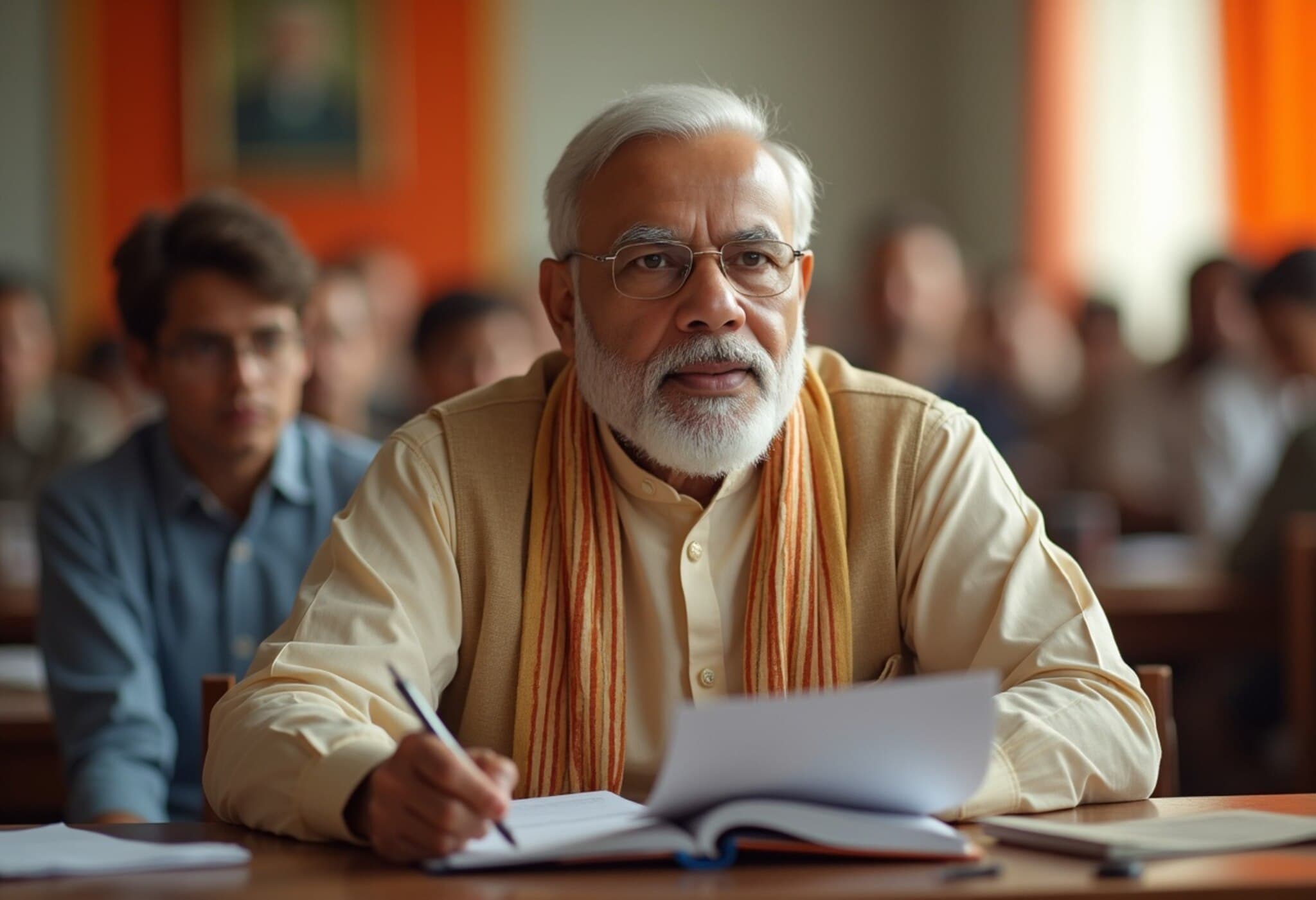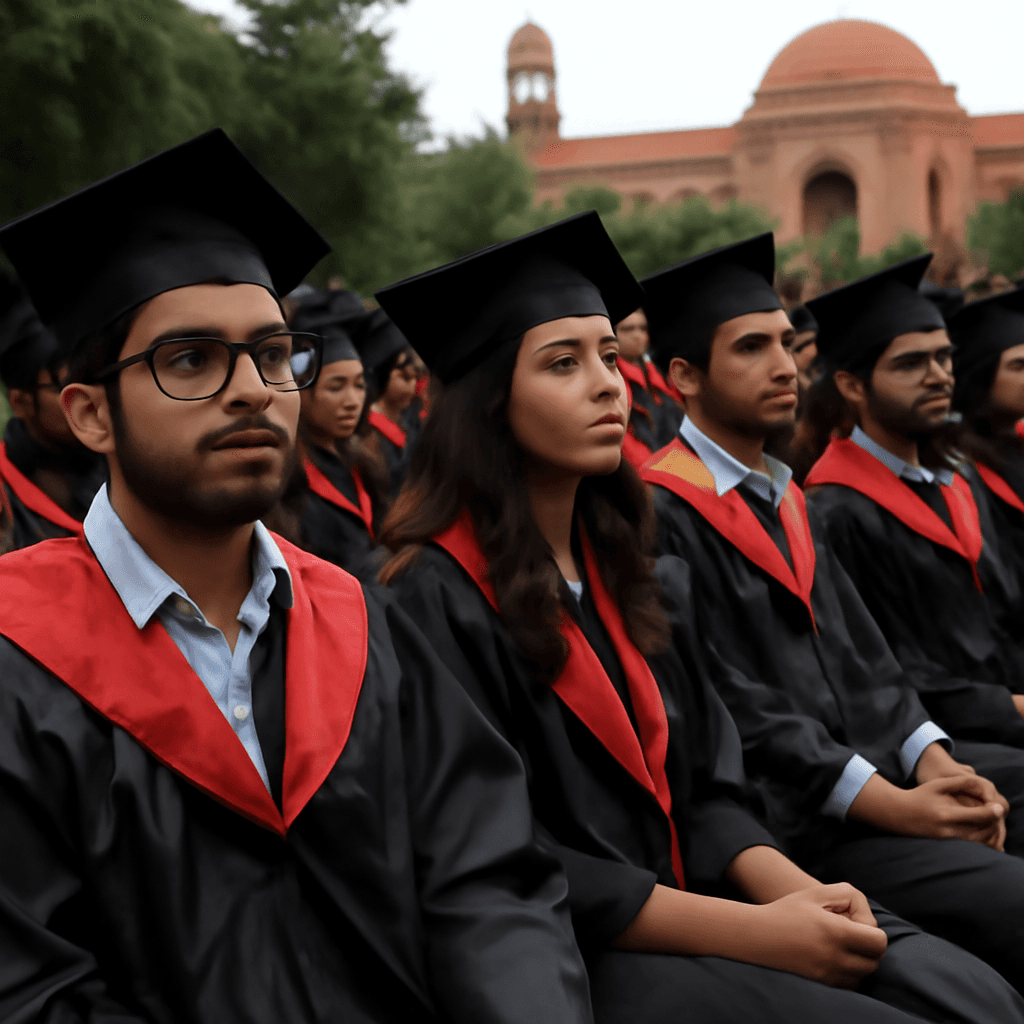Indian Cities Climb QS Best Student Cities 2026 Rankings
In a striking testimony to India’s growing prominence in global higher education, Delhi has been crowned the world’s most affordable student city in the recently released QS Best Student Cities 2026 rankings. Alongside Delhi’s impressive accolade, Mumbai returned to the global top 100, while Bengaluru and Chennai also advanced significantly. This collective upward momentum signals not just affordability but growing academic recognition and employability prospects in India’s key urban education hubs.
Indian Cities’ Performance Overview
- Delhi: Ranked 104th worldwide, improving seven positions and clinching the top spot in affordability, underscoring its standing as the most cost-effective city for students globally.
- Mumbai: Reentered the elite top 100 at 98th place, a jump of 33 spots compared to last year.
- Bengaluru: Known for its tech and research excellence, Bengaluru ascended 22 places to rank 108th.
- Chennai: Rose 12 spots to reach 128th globally, reflecting steady progress.
The presence of prestigious institutions like Delhi University and IIT Delhi in Delhi, University of Mumbai and IIT Bombay in Mumbai, Indian Institute of Science and IIM Bengaluru in Bangalore, and Anna University along with IIT Madras in Chennai notably bolster these cities’ educational ecosystems.
Affordability: A Defining Strength
While many global student cities grapple with rising living costs and tuition fees, Indian cities distinguish themselves through affordability. Delhi, scoring an outstanding 96.5 on the affordability index, leads globally. Bangalore and Chennai also demonstrate competitive affordability with scores of 84.3 and 80.1 respectively. This metric combines average tuition expenses and cost of living, factors increasingly decisive for international and domestic students balancing budgets in a challenging economic climate.
Global Context: Who Tops the Student City Rankings?
On the world stage, Seoul, South Korea, emerged as the overall best student city, dethroning London, which slid due to affordability challenges. The top five cities in 2026 echo a shift toward Asian educational hubs and include:
- Seoul, South Korea
- Tokyo, Japan
- London, United Kingdom
- Munich, Germany
- Melbourne, Australia
Employment Prospects Bolster India’s Rising Academic Reputation
Beyond cost and academic quality, employer perceptions strongly influence student-city rankings. In this critical Employer Activity indicator, Delhi and Mumbai placed within the global top 50, signaling growing international confidence in graduates from these cities. Bengaluru logged the most dramatic advancement, jumping 41 places to 59th, while Chennai also made notable gains.
This upward trend in employer regard reflects improvements in India’s higher education quality and alignment with workforce demands, key objectives under the National Education Policy (NEP) 2020, now celebrating its fifth anniversary.
Comparative Improvements Since 2025
- Mumbai: Climbed from 131st to 98th
- Delhi: Rose from 117th to 104th
- Bengaluru: Advanced from 130th to 108th
- Chennai: Improved from 140th to 128th
These gains dovetail with notable leapfrogging among Indian universities in the QS World University Rankings 2025, where nearly 50% of Indian institutions enhanced their global standing. IIT Delhi, in particular, was lauded as India’s top institution, while globally, MIT dominated the top spot for the 14th successive year.
The NEP 2020 Impact: Internationalization and Quality Enhancement
India’s educational renaissance comes amid concerted government efforts under the NEP 2020, aimed at internationalizing education and raising quality benchmarks. This policy has catalyzed curriculum reforms, fostered research innovation, and encouraged greater global collaborations—steps increasingly validated by rising rankings.
However, challenges remain: expanding access, bridging regional disparities, and integrating employability with academic outcomes stand as pressing priorities. The upward movement of key Indian cities in global QS metrics is encouraging, but sustaining and expanding this trajectory will require persistent investment, policy agility, and inclusive education strategies.
Expert Perspective
According to Dr. Riya Mukherjee, education policy analyst at the Center for Global Education, "These rankings are a positive sign for India’s higher education landscape, highlighting successful cost management and improving employer confidence. Yet, the path ahead demands holistic reforms addressing quality, infrastructure, and student services to truly transform India into a global education powerhouse."
Conclusion
As Indian student cities gain global traction thanks to affordability, academic improvements, and growing employer favor, they are forging a new narrative in international education. The QS Best Student Cities 2026 rankings underscore India’s evolving role as a compelling destination for students worldwide, balancing cost-effectiveness and quality. Continuing to nurture and expand these gains will be critical to meet the aspirations of millions seeking competitive, affordable, and future-ready education.
India’s ascent in the QS Best Student Cities rankings reflects broader shifts in global education like the emphasis on affordability and employability. We must ask: How can Indian policymakers and institutions sustain this momentum while addressing infrastructure gaps and ensuring equitable access? With NEP 2020 milestones met, the next phase demands transformative innovation that includes rural and underrepresented communities to fully realize India’s potential as an education hub on the world stage.













